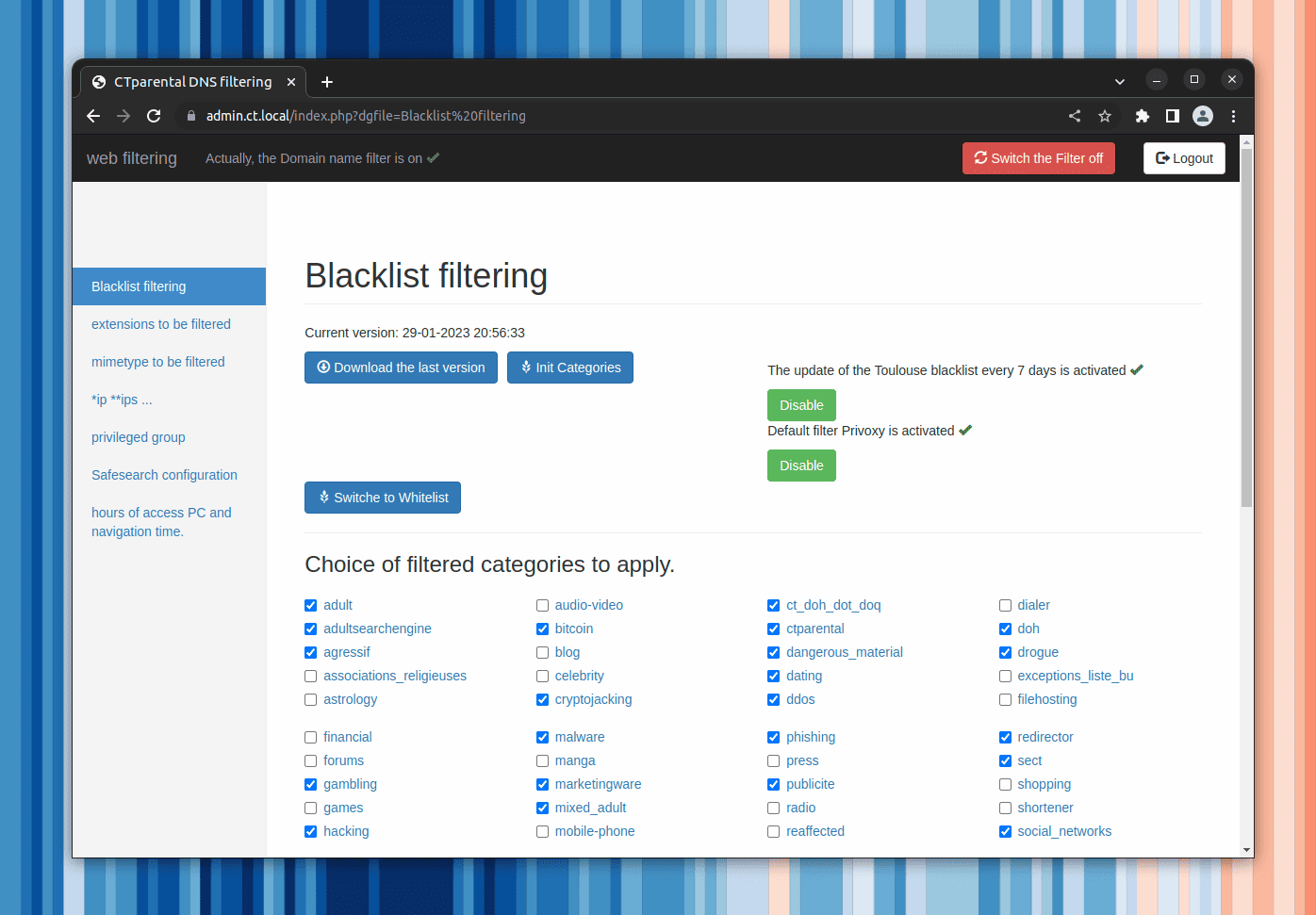Embrace a Safer Web: Your Comprehensive Guide to Website Parental Controls
Hello, super moms and dads! Are you ready to turn the vast ocean of the internet into a safe swimming pool for your little ones? With our sunshiny guide to website parental controls, you’ll become the lifeguard of your family’s digital life in no time. So, let’s dive in!
Why Parental Controls Are a Must in the Digital Age
In an age where the internet is like a never-ending digital playground, it’s crucial to ensure that playtime remains safe and sound. Parental controls are your best pals in this mission, offering ways to limit and monitor what your children can access online. From preserving their innocence to safeguarding them against cyberbullies, these digital lifebuoys help keep your kiddos afloat in cyberspace, paddling in the safe zones.
Starting with the Basics: Understanding Parental Controls
Before we jump into setting up your cyber-fortress, it’s essential to get to grips with the basics. Parental controls come in various flavors, like content filters to block inappropriate sites, usage controls to manage screen time, and monitoring tools to keep an eye on online activity. They’re the ABCs of internet safety, and once mastered, they’ll give you peace of mind as your kids explore the digital world.
Types of Parental Controls:
- Content Filters: These are the gatekeepers that block harmful or inappropriate content based on categories or specific websites.
- Usage Controls: This type of control allows you to set time limits on device usage, ensuring that your child’s digital diet is well-balanced.
- Monitoring Tools: Just like keeping an eye on kids at the park, these tools enable you to oversee your child’s online activity discreetly.
Navigating the Device Maze: Parental Control for Computers, Tablets, and Phones
Different devices mean different settings. Whether your youngster is a budding computer whiz, a tablet artist, or a smartphone explorer, there’s a way to tailor their experience. We’ll take you through the steps for each device, ensuring no stone is left unturned in your child’s digital safety.
Computers and Laptops:
For the family computer or laptop, operating systems like Windows and macOS have built-in parental controls. You can create child accounts, restrict access to mature content, and even view usage reports.
Tablets and Smartphones:
Mobile devices come with their own set of controls. Both Android and iOS have robust built-in features that can help manage what apps your children can use, set time limits, and more.
Setting Boundaries: How to Configure Parental Controls
Now, it’s time to put on your safety gear and configure those controls. Setting boundaries doesn’t mean keeping your kids in a bubble—it’s more like training wheels on a bike. It ensures they enjoy their ride through the internet, without any unnecessary bumps.
Step-by-Step Guide to Enabling Parental Controls:
We’ll walk you through the process for various platforms and devices, so whether you’re tech-savvy or just getting started, you’ll find the guidance you need. Stay tuned for detailed steps on setting up parental controls on your specific device’s operating system or through your internet service provider.
And remember, parents, this journey towards a safer digital space for your children is a collaborative one. Chat with your mini surfers about the importance of online safety. Engage in an open conversation about the benefits and limits of the internet. This approach not only protects them but also empowers them to make wise choices when you’re not around.
Ready to embark on this exciting adventure? Let’s gear up for a fun, informative, and super-safe exploration of website parental controls. Your family’s online wellbeing is just a few clicks away, and we’re here to lend a hand (or a keyboard) every step of the way. So, let’s raise the anchor, set sail, and navigate the digital seas – together!
As you’re eagerly preparing to turn those virtual knobs and tweak the settings, stay tuned for our next segment, where we’ll delve into specific parental control solutions that are as easy to use as they are effective. Together, we’ll create a nurturing habitat for your kids to learn, play, and grow online!

5 Essential Things Parents Should Know When Preparing for Website Parental Control
Understanding Your Child’s Online Needs and Usage
The first step in setting up parental controls is understanding how your child interacts with the internet. Consider their habits, the websites they frequent, and the devices they use. This knowledge will help you tailor parental controls to fit their needs without being overly restrictive.
Open Communication is Key
Discuss with your children why internet safety is important. Maintain an open dialogue so they can approach you with questions or concerns about what they encounter online. Educating them on the potential risks and the reasons behind certain restrictions can make the implementation of parental controls a joint effort rather than a top-down rule.
Selecting the Right Tools for Your Family
There is a wide variety of parental control software and tools available, from free options to paid services with advanced features. Evaluate your family’s needs, the number of devices, and consider factors such as ease of use, customization options, and the ability to grow with your child’s digital use.
Balance Between Safety and Privacy
While it’s important to protect your children, it’s also crucial to respect their privacy. Find a happy medium where you can ensure their safety while also giving them some space to explore. Setting overly strict limits can hinder their ability to learn and use the internet effectively.
Regularly Update and Reassess Controls
As your children grow and technology evolves, so should your approach to website parental control. Make time to regularly review and adjust settings to coincide with your child’s maturity level and the ever-changing digital landscape. What works for a 7-year-old will differ from what’s suitable for a teenager.
Arming yourself with these know-hows will make the process smoother and more effective. It’s not just about using the right tools; it’s also about fostering an environment where you and your kids are on the same page regarding internet safety.
Customizing Parental Controls to Fit Your Child
Each child is unique, and their online protection should be too. When you start configuring parental controls, consider the individual needs of your child. Tailor the experience to benefit their online learning and exploration while keeping them shielded from the not-so-nice parts of the internet.
For instance, if your child is into educational content, make sure the tools you choose allow for easy access to those beneficial resources. Conversely, if you have a child who’s a little too enthusiastic about online gaming, set appropriate time restrictions to foster a healthy balance between playtime and other important activities.
Charting Safe Online Journeys Together
Much like teaching your child to ride a bike, you’ll want to be there to steer them in the right direction as they navigate the vast online world. Use website parental controls to guide, not just to restrict. And when they’re ready for more freedom, adjust those settings to allow for greater independence under your watchful eyes.
Remember to periodically check in with your kids about what they’re up to online. This is not snooping—it’s guided exploration. Share with them cool sites you’ve discovered, trade internet safety tips, and applaud them for making smart choices online. It’s a fun and educational journey you’re on together!
So, take these insights, pair them with your heartfelt parental instincts, and you’re ready to start this joyous crusade for online safety. With your energy, know-how, and our guide, let those cyber smiley-faces pop up, knowing you’ve got the world wide web covered—one click, swipe, and scroll at a time. Happy safe surfing, families!
See more great Things to Do with Kids in New Zealand here. For more information see here
Disclaimer
The articles available via our website provide general information only and we strongly urge readers to exercise caution and conduct their own thorough research and fact-checking. The information presented should not be taken as absolute truth, and, to the maximum extent permitted by law, we will not be held liable for any inaccuracies or errors in the content. It is essential for individuals to independently verify and validate the information before making any decisions or taking any actions based on the articles.




